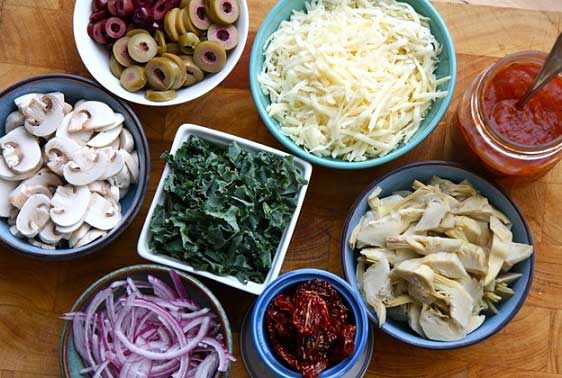Reviewed by Anurag Mishra (Sr. Technical Consultant)

What’s looking tempting, must be tasting good, this is what food lovers perceive. Half of the food industry is making money solely with the appearance of the item. This is why every day we get to hear about different technologies that make food looks good. Chefs work on different techniques to make food look good. Use of eye-catching colours, chemistry, molecular gastronomy, molecular mixology, are some of the upcoming trends. These techniques are giving a new dimension to ordinary-looking items. Food Colour measurement play an important role in enhancing the aesthetics, be it drinks, packaged food, processed food or what not. To control the excessive use of additive colours, FDA has made the regulations strict and stringent penalties are imposed on defaulter.
This is why colour measurement instruments are becoming important. Big brands don’t want to earn negative publicity by doing something wrong. Thus, quality managers are relying on high-end instruments for keeping the quality in control.
How are colour measurement devices used in different industries?
Beverages
From fruit drinks to energy drinks to aerated drinks, every product line has product in multiple colours. And to attract the buyers, they are often packed in the transparent packings. Now imagine, you see the colour difference in one product of same brand and same variant. Would you buy those two bottles at once? No! In fact, you raise questions about the quality or spoilage. You might not buy either of them. This discrepancy arises due to the difference in a batch of both the bottles. Here, the colour quality manager should have taken the appropriate measure to clear the difference. As this may impact the image of the brand. With the high usage of social media platforms, in such cases, within few hours this news will spread throughout like a wild fire.
Dairy
We have a perception that any dairy product should either look white or yellow, except some varieties of cheese. Sometimes, farmer changes the feed of cattle which further impact the colour of milk and thus subsequent products. Any change in colour will raise eyebrows of the consumer about the quality. Especially when it comes to dairy, people are always sceptical if they observe the even negligible change in colour. Dairy processing units are very conscious about the right whiteness of the product. Bright white can make things look laced with artificial colours and pale white make things look spoiled.
Packings
This element directly impacts the buying decision of a person. Whether its flexible packing or rigid plastic packing, bottles or any other form, it should attract the buyer. The colour combination, shape, design, labels, logos everything is important for the user. Any ignorance toward this may lead to slow movement of product in the market. Colour measurement instruments are widely used in maintaining the consistency of the labels and printing. First of all, it helps in depicting the clear picture of the contents packed inside. Second, it helps in stamping picture of your brand in consumer’s mind.
Fresh Food
Fresh food like fruits and vegetables have naturally attractive colours. They don’t require any alteration to look appealing. Here, the colour of items tells about its freshness. Any change in visual appearance tells about many properties like ripening, freshness, sweetness, sourness, bitterness and so on. Here, colour measurement helps in segregating low-quality food good quality. Take the example of green chillies, they are available in different colours, the darker they are the hotter they are. Here by visualising the colour, they can be segregated with the degree of hotness.
Processed Food
We are incorporating processed food into our diet like anything. Canned food, semi-cooked food, ready to eat food is gradually making spaces in our kitchens. To make them look like freshly cooked food, they are processed in such a way that they look like freshly cooked food. Some of the products have additive colours to keep their appeal natural. Other items like spaghetti, nachos, wafers, etc. we made to look resembled the colour of their raw material. For instance, nachos have a yellow appearance to make it look like corn. While spaghetti looks like the colour of all-purpose flour. Ample of colour control measures are taken in this industry as well to avoid any penalties from FDA.
Frozen Food
This is indeed everyone’s favourite. Take it out from the refrigerator and straight into the oven, no hard work needed for good taste. Ice creams, their colours make everyone drool. All these frozen foods have additive colours to make them look natural and tempting.
Devices like Spectrophotometer, colorimeter, gloss meter are very popular in the food industry. They help in controlling the quantity of additive colours and managing quality. Testronix offers a wide range to satisfy the application specific colour testing needs.